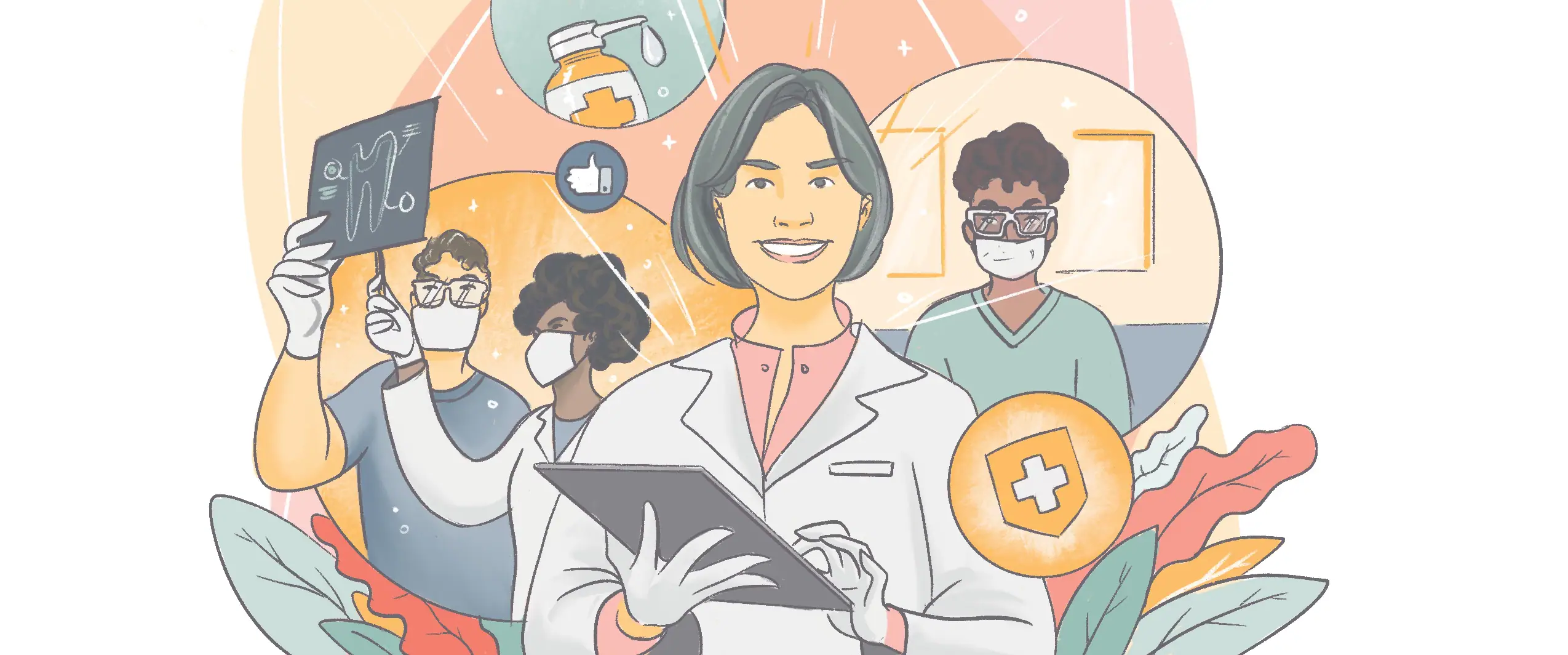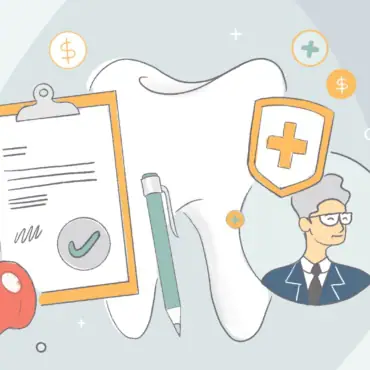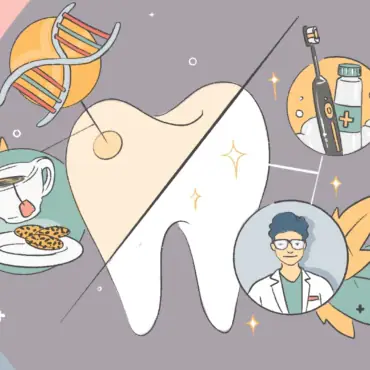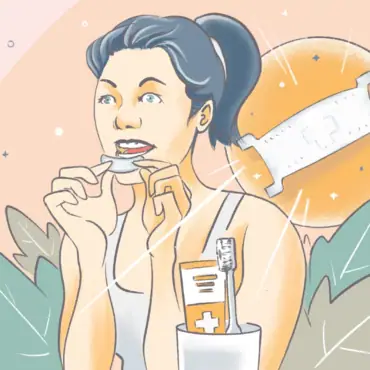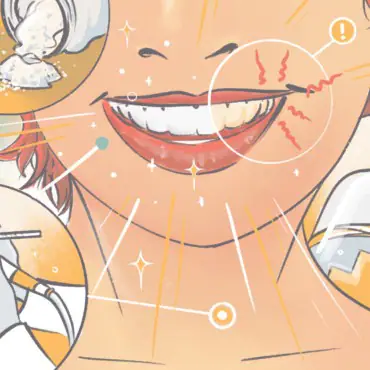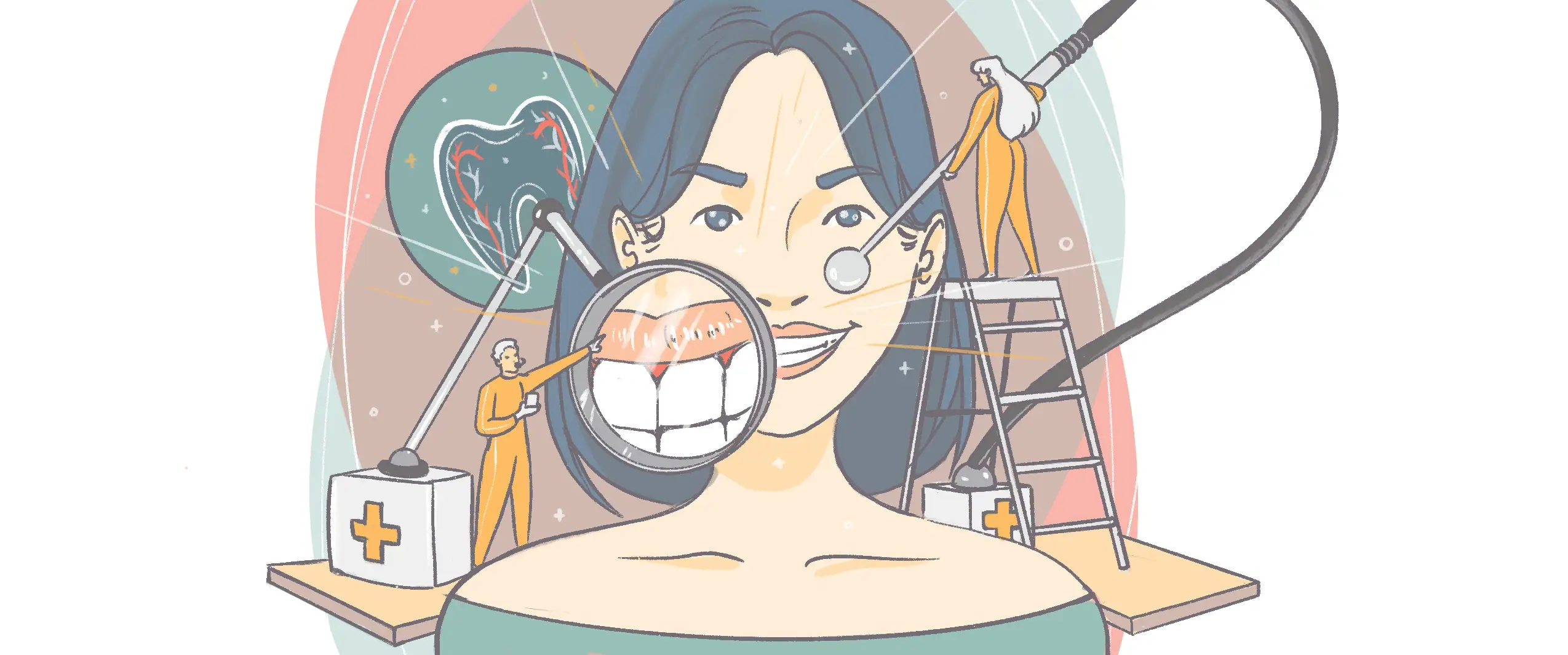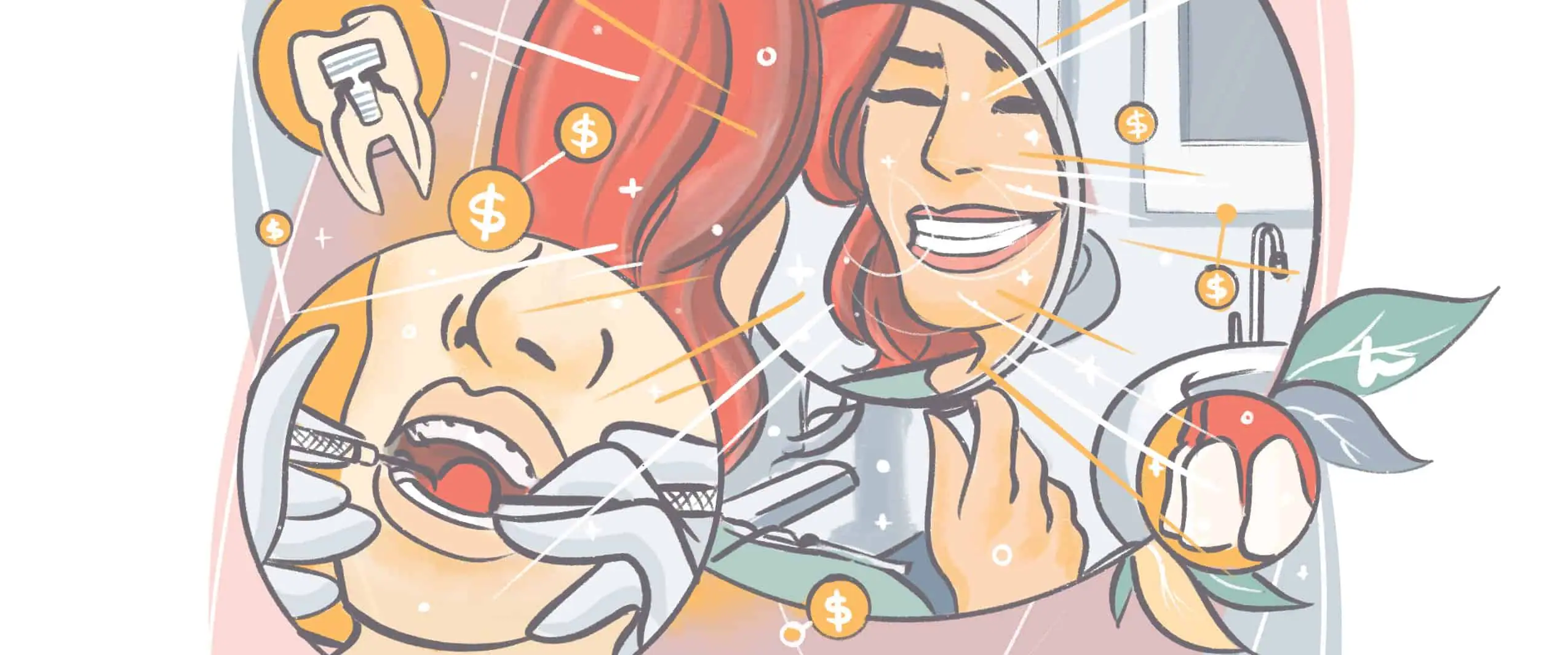Dentistry during the pandemic sure has become quite the challenge, due to heightened anxiety around infection control, stay at home orders, and measures to control the spread of COVID-19. Despite dental offices being a completely safe and essential service, some patients simply stopped going to the dentist altogether.
But now that the first waves of the pandemic are behind us as vaccinations roll out across Canada and the United States, how are people feeling about coming back? What can you do to make your patients feel more comfortable?
At Opencare, we conducted a patient survey about COVID-19 of over 650+ dental patients in North America. We want to share these results with you and you can learn how to make patients feel more comfortable at the dentist as lockdowns begin to lift. Opencare supports thousands of dentists every day with resources to grow and run their practice.

Who we surveyed
We selected a cohort of 666, of which roughly ⅔ were from Canada and the rest from the United States (mostly California). The majority of respondents (82%) were between 25 and 44 years old and 55% were women. Roughly 43% of respondents earn between $50,000 and $100,000 per year.
Health habits
The patients we surveyed, as you will see below, are health-conscious patients who excited to get back to the dentist. Opencare patients are highly educated on preventative healthcare and understand the importance of frequent dentist visits.
Grow your dental practice
Opencare is the only risk-free patient acquisition solution for dentists.
Most participants were in good health and understood the importance of healthy habits. On a scale of 1 to 5, 80% rated their health a 4 or higher.
A whopping 95% of respondents brushed their teeth daily (woo-hoo, somebody’s doing their job!), 60.8% floss on the daily, and 45% visit the dentist every six months. Nearly 80% said they drank plenty of fluids and water, 64% did not smoke, 62% ate nutritiously, and 52% got daily exercise. All in all, generally healthy people.
These are the type of patients you probably usually see in your dental practice and especially who you want to target going forward. These patients understand the importance of going to the dentist, even in the midst of a pandemic. Along with having dental insurance, they are willing to invest in their long-term dental health and understand that regular dental visits are an essential piece of the puzzle.
Attitudes toward dentistry during the pandemic
So, what has been going through patient’s minds during the pandemic? To find out, we first asked how many participants had seen a dentist in the past year. An exciting 75% said yes! That’s a good thing that only 25% of people surveyed chose not to visit the dentist this year and a testament to positive patient education.
We also asked if anybody had a canceled dentist appointment and 38% said yes. Of those, 60% were canceled because of a COVID-19 lockdown and 19% were canceled because of scheduling issues. Additionally, 10% of patients canceled themselves because they were uncomfortable about going to the dentist.
What can you do as a dentist to make them more comfortable?
The good news is that it appears most people feel rather confident about going to the dentist even during these crazy times. A solid 44% of respondents plan to visit the dentist within the next three months and another 34% will go within the next year.
Only 4.7% said they would go only if they were in pain or it was an emergency. The top reason offered (55%) was that they were waiting for life to go back to normal and 26% were scared of getting COVID-19.
However, you don’t want to leave anybody behind. We understand you take the oral health of every patient in your practice very seriously. So we’ve put together these tips to help you make them feel more about visiting you and give them a more enjoyable experience while they are there.
How to reduce pandemic anxiety for your patients
Without a doubt, the dentistry industry has been affected just like everything else. However, unlike other industries, such as the restaurant or entertainment industries, people can’t just stop going to the dentist. If they stop going for preventive care, they will ultimately end up in your office for emergency care.
This is creating a backlog of patients who’ll need dental care in the near future. Many people plan to wait for a bit after their dental office opens up to avoid the flood of patients. Others are waiting for life to “get back to normal” before they go. Unfortunately, this just means that more people will be flooding the offices later. This is not ideal when you want to limit the number of people in your office at the same time as well as need extra time between patients for increased sanitation measures.
So, how do you get those patients in your office now? Here are a few tips.
Communicate with your patients
People don’t know what’s going on in your office unless you tell them. They may be sitting at home imagining crowded waiting rooms and long waits to get in to see the dentist. They might even decide it isn’t worth the effort or the risk when there is no extra effort or risk involved.
Worry-free insurance verification
Opencare takes the guesswork and effort out of insurance verification.
So, shout it from the rooftops! Or, as we tend to do in this day and age, launch an electronic campaign. Email your patients, go live on social media and post lots of visual content. People need to see sparkling clean exam rooms, empty waiting rooms, staff decked out in full PPE, and air purifiers being installed.
For help on drafting “welcome back” emails, check out this free toolkit provided by the ADA. Other emails you can send to reassure patients and keep you fresh in their minds include:
- A reassurance email on sanitization
- Tips and advice for at-home oral wellness
- A self-diagnosis tool for common problems
- Dental emergency guidelines
- Resources and content you find useful from dental thought-leaders
Survey your own patients
The information from this survey and others you might be gathering is gold and will help direct your efforts. However, it doesn’t hurt to do your own survey among your own patients. There is no guarantee that the typical patient in your dental practice feels the same as what is reflected in these results.
Furthermore, a patient survey about COVID-19 communicates an important fact to your patients: you care about what they think and you want to incorporate their ideas into your plan. It also shows patients who might feel nervous that you’re doing everything you can to address their concerns.
Transparency
Be open about everything, not just the extra measures you are putting in place, but also the risks you face. If you have a COVID exposure, it can feel tempting to cover it up. You might be afraid that people will see it as a reason to feel less confident in your practice.
But think about it from this angle as well. People will see you putting your patients first. Instead of protecting your profits (staying open and continuing to see patients), you’re more concerned about patient and staff health. You’ll take a financial hit in the short run, but remember what we already mentioned, people will still need to see the dentist. And they’re going to want to see one that has proven their dedication to putting their patients first.
How to make your patients feel safe before, during, and after their dental appointment in 2021
Once you’ve gotten your patients’ attention and they’ve booked an appointment, you need to ensure they feel safe and confident during their entire experience.
1. Visible sanitization
The best thing you can do to ease your patients’ minds is to strictly follow sanitation measures. Provide masks, hand sanitizer, and perform visible sanitization measures in front of your patients to show that they’re safe. Install air purifiers in visible places to further put your patients at ease.
When asked about what would make them feel safe, one survey respondent said, “Reassurance of how all tools are cleaned and sterilized. Make me feel like what you’re putting in my mouth is super clean.” Even though dentists have always been vigilant about sanitation, it’s important to talk about it and let your patients know the steps you’re taking to keep them safe.
As you open a new pack of tools, say, “These tools have been sanitized using our sanitization process which includes…”. That little bit of information goes a long way when it comes to patient reassurance.
2. Increased PPE
It might feel a little impersonal to greet your patients ensconced in PPE from head to toe. Full PPE covers pretty much every inch of the body, meaning new patients won’t even know what you look like. What’s worse, your smile, every dentist’s favorite feature, is hidden away behind a mask.
However, no matter how impersonal it feels, your patients will appreciate the extra effort to protect them. Learn to communicate your smile with your eyes and reassure your patients with your voice. It’s a little different way of doing things, but we’re all adapting to new challenges these days.
3. Less contact with staff and other patients
Social distancing is one of the main ways we can all do our part to stop the spread of the virus. Your patients want to avoid unnecessary contact with people. A few of the ways you can do that is by allowing for contactless check-in, plexiglass between your reception and your patients, and making sure your waiting room is always empty.
Of course, waiting rooms have always been there for a reason. Where are patients supposed to wait to be seen? One great idea that many businesses are adopting is to allow patients to wait in their cars. They can check in once they arrive via text message or an app like Opencare. When it’s time for their turn, you can call or send them a text so only one patient comes in at a time.
Collect 99% of your claims
We settle your claims, so you don’t settle for less.
It’s also important not to crowd too many appointments into the same day. It’s another hit for your bottom line, but you need extra time to sanitize between patients and ensure there aren’t too many people in your office at once.
Need more time back in your day? Opencare can help you and your office team save 20 hours per week with our insurance verification services. Find out more.
Worry-free insurance verification
Opencare takes the guesswork and effort out of insurance verification.
4. Temperature checks and testing
Another suggestion survey respondents offered was to incorporate temperature checks and COVID testing. Consider requiring negative tests from patients or proof of vaccinations, and provide weekly COVID testing for your staff or insure they are vaccinated. The practicality of this might be a little challenging, but you can decide how far you want to take it.
A more practical approach is to take everyone’s temperature upon entering the office. This won’t cost you anything extra and is another layer of protection that your patients will appreciate. Also, be sure your reception staff is fully aware of the symptoms of COVID and is empowered to turn away anyone who is showing signs of being positive.
5. Proof of infection control
Finally, remember that not everyone feels comfortable trusting that you’re doing what you say you’re doing in following RCDSO or CDC sanitation guidelines . Most people are confident and trust you’re doing everything you can, but some people may still feel nervous about it.
We also asked patients how they felt about dentists having proof of infection control and following proper sanitization guidelines. Almost 45% said they felt confident and another 37% felt very confident and fully trusted their dentist to follow the protocol. However, 12% felt worried and 6% felt worried enough to want to see some kind of certification or proof.
iThe best thing you can do is be fully transparent about what you’re doing and make sure that you’re taking visible precautions to put your patients at ease.
Grow your dental practice
Opencare is the only risk-free patient acquisition solution for dentists.
Safely serving your patients
We hope these dental patient and COVID-19 stats have given you more confidence in serving your patients. Patients are willing and excited to go back to the dentist. Preventative care can’t be put on hold forever or your patients’ dental health will begin to suffer greatly.
Check out more about how Opencare can help you better serve your patient through the pandemic and beyond.

